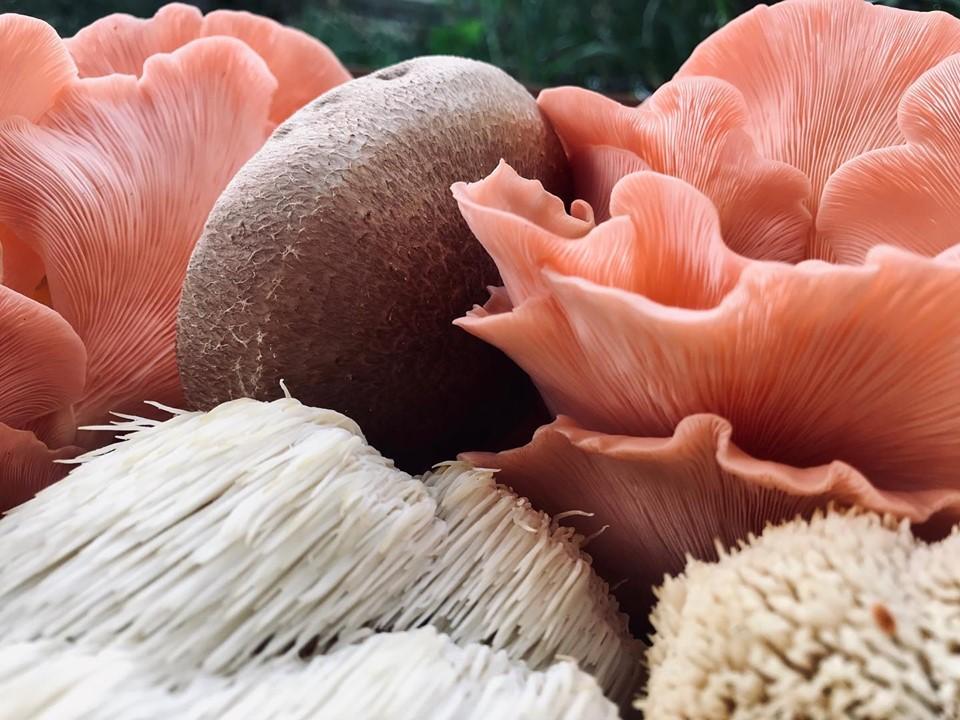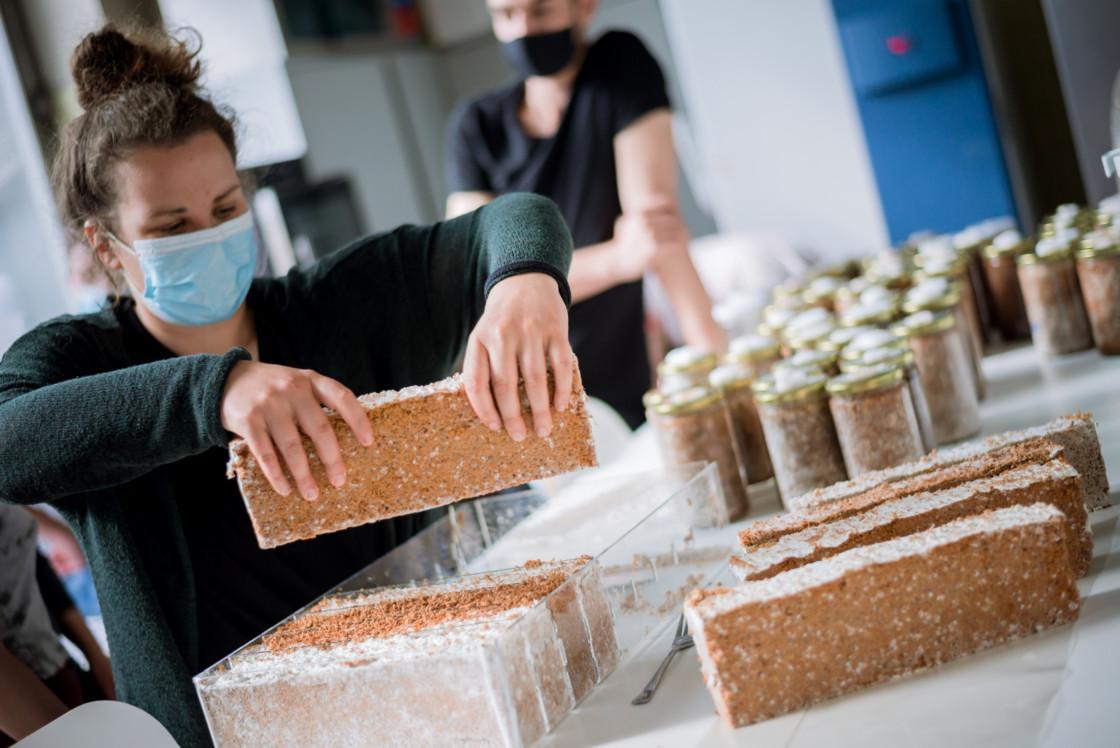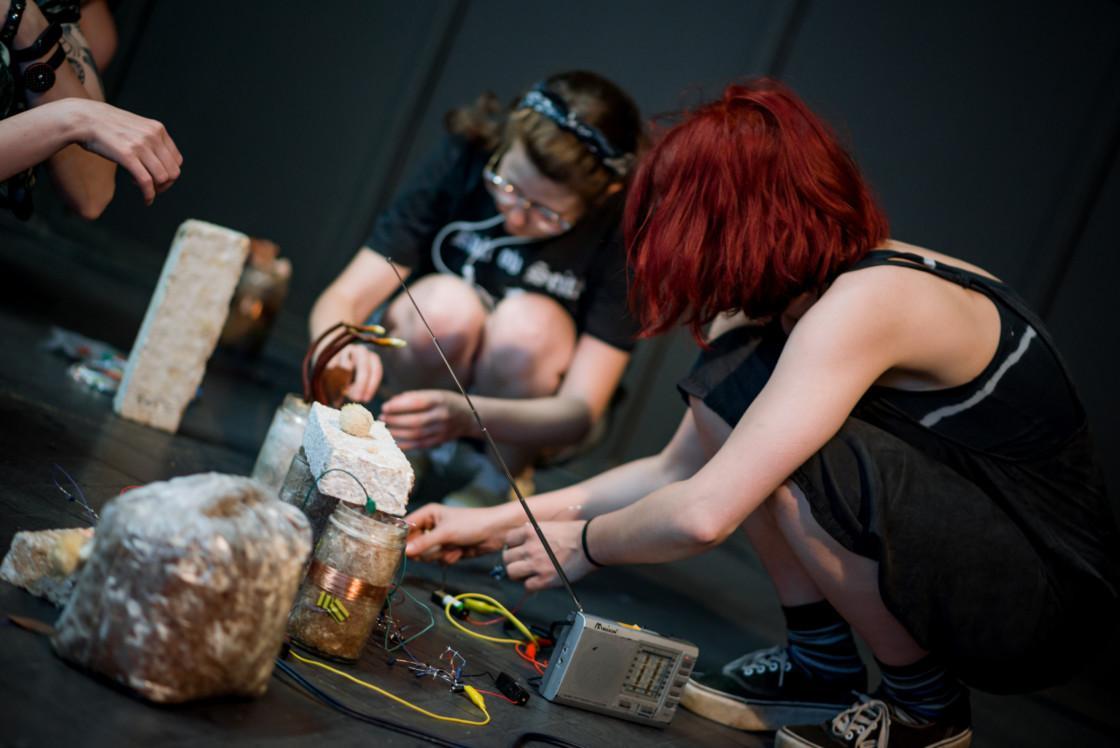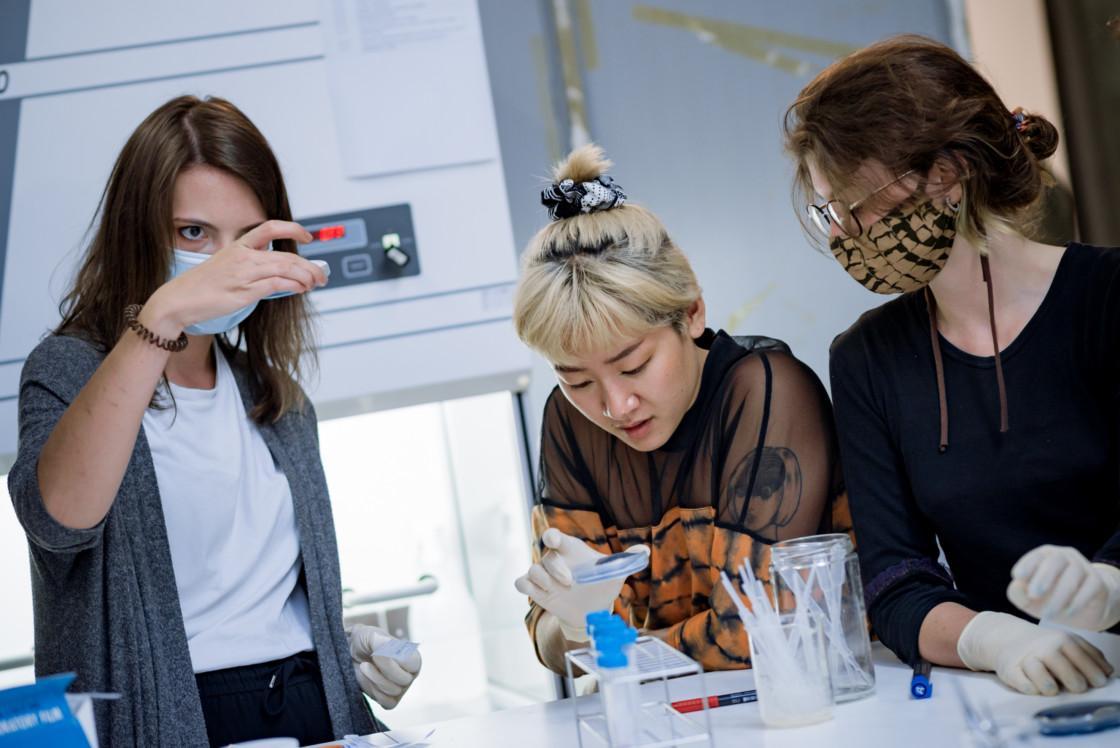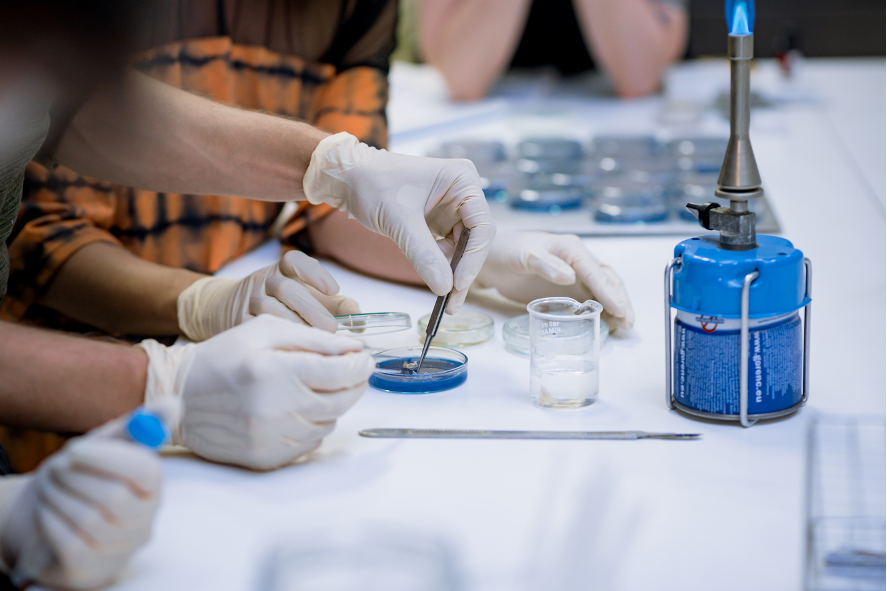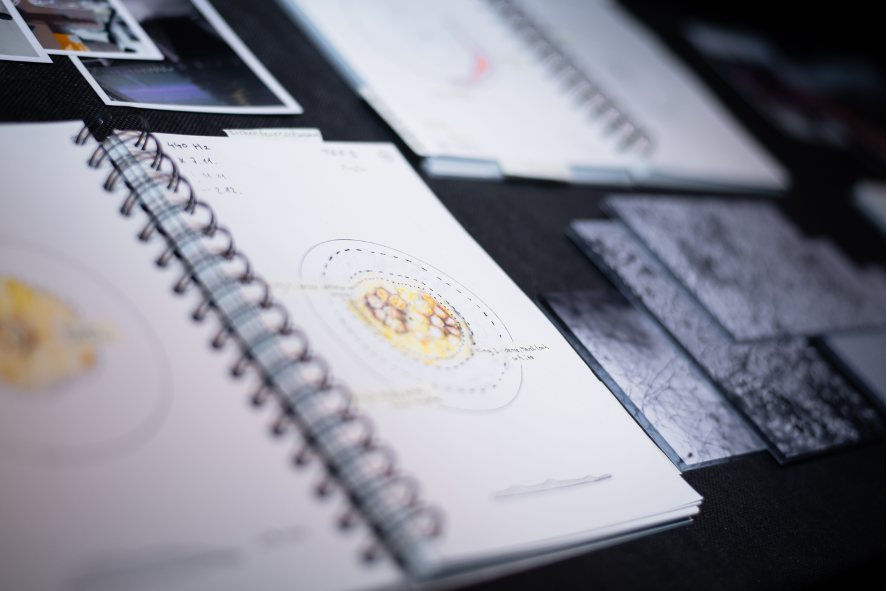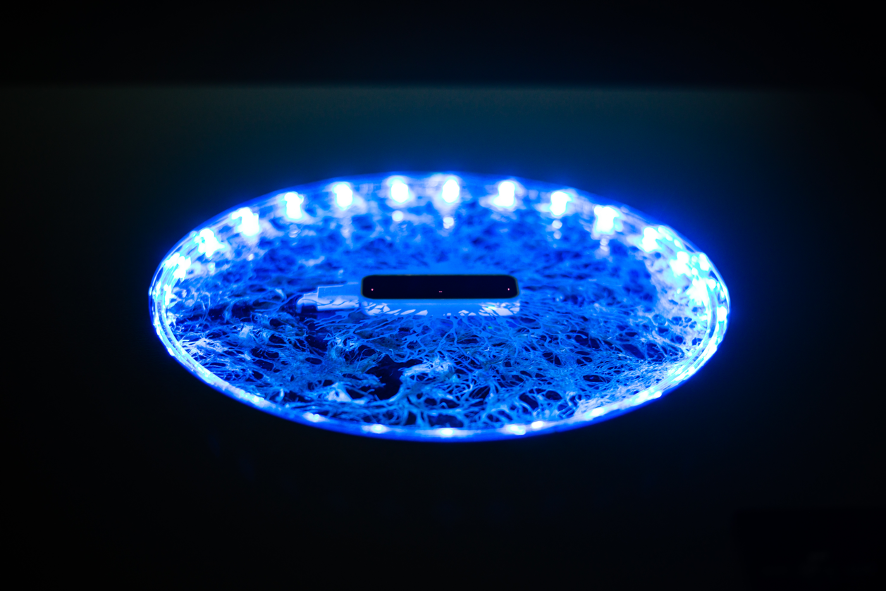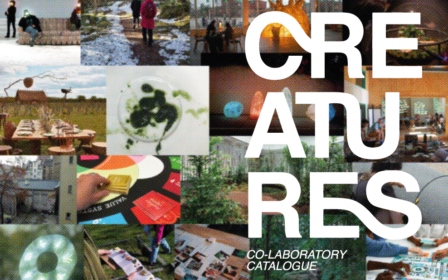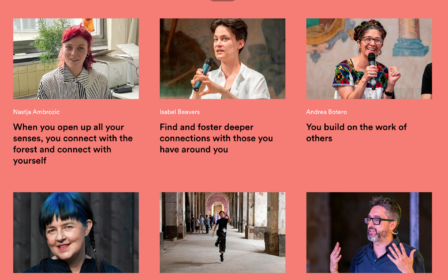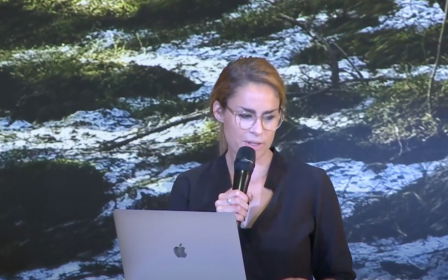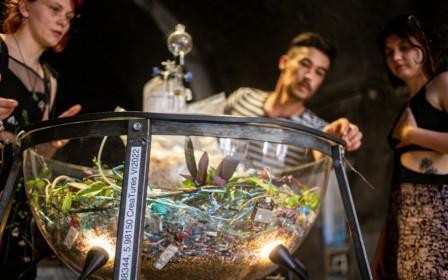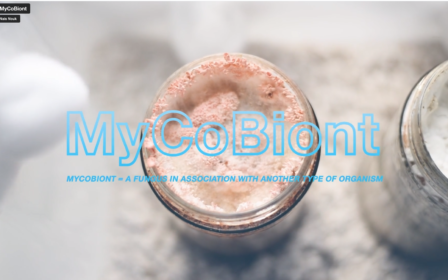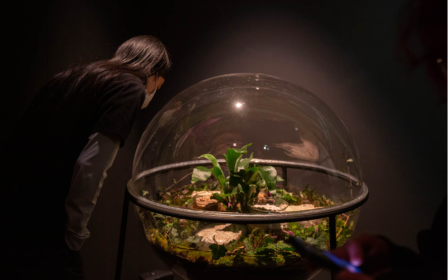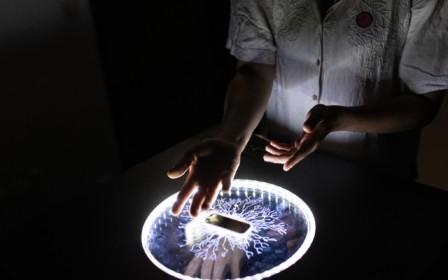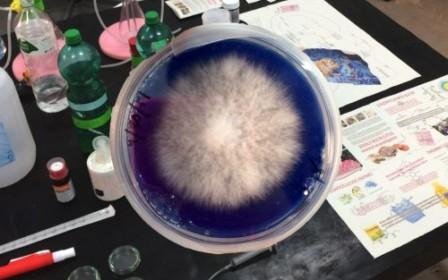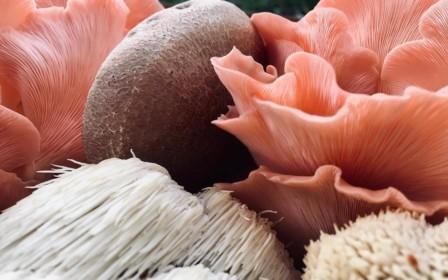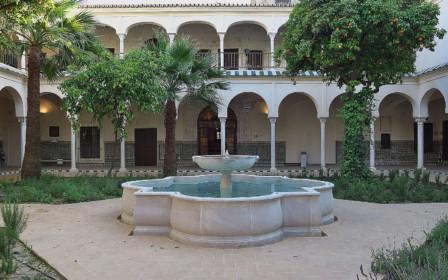The MyCoBiont project involves a series of workshops where participants learn about the lifecycle of fungi, engaging in co-creative experimentation with various practical and speculative uses of fungi as a climate-friendly biomaterial. The project aims to provoke a reflective discussion about the more-than-human entanglements surrounding the life of fungi and catalyze a shift in human perception of non-human organisms that surround us: from their perception as materials or resources to be used exclusively for human benefits, towards organisms with which we co-exist.
Under the mentorship of different invited artists and experts, participants delve deep into the possible uses of fungi as organisms that provide a viable alternative to unsustainable materials such as plastics. Fungi may well represent a revolution in the field of new biomaterials and can be also seen as a live, widespread wetware that humans and art can interact with through signaling. The community gathered around MyCoBiont workshops and events – including students, permaculture and fungi enthusiasts, researchers, and designers – is invited to learn from artists and other professionals who have been working with mycelium in diverse experimental ways.
The initial workshop in the series was led by Rok Zalar and Bojana Rudovič Žvanut from Gobnjak, an initiative for urban mushrooming and Kersnikova’s partner organization. The workshop consisted of 7 parts and introduced participants to the lifecycle of fungi and the basics of their nutrition and reproduction. Together with the skilled tutors, participants explored suitable substrates for mycelial growth and learned about the preparation and sterilization of vessels and microbial cultures suitable for fungi cultivation. They also built a mini cultivation chamber, providing suitable conditions for mycelium growth, and crafted their own molds for mycelial bricks. Mycelium was further explored as a commonly-used material for food, packaging, and building material.
The second workshop titled Radio Mycelium (July 2021) was led by the artist Martin Howse and focused on constructing a series of experimental situations examining a new wetware imaginary of fungal mycelium in relation to local, global, and universal electromagnetic signals. Participants built DIY radio receivers, tested the reception of signals, and further explored the connections between mycelium and deep space radio signals, noting simple parallels between the scaled formations of radio telescope arrays, and the arrayed forms of certain mushroom bodies. At the final gathering they were able to sonify resistance modification in an electrical circuit by fungi.
At the third workshop Becoming-with Fungi (September 2021) led by artist Mary Maggic, participants explored the detoxifying properties of fungi to imagine new cross-species toxic entanglements. The workshop started from the recognition that industrial petrochemical, agricultural, and pharmaceutical activity has permanently altered the planet through the widespread presence of xenoestrogens or endocrine-disrupting compounds. Participants were asked to bring a household product containing a xenoestrogen ingredient (plastic bottles, cosmetics, soaps, or even their own urine) from which they extracted synthetic hormones and toxins using DIY techniques. Subsequently, they created a xenoestrogen cocktail and fed it to Oyster mushrooms growing on Petri dishes stained with Remazol blue, a synthetic fabric dye. For the following two weeks, they observed the mushroom growth over time to see how these respond to the toxic residues of human industrial capitalism.
Taro Knopp lead the fourth co-creative workshop that took place in February 2022. Tied to Taro’s long-term project titled ml-iso|la|ti|o|nis|mus, the workshop invited participants to construct an installation consisting of transparent acrylic globes equipped with various technological sensors, radio transmitters and receivers. These closed and self-sustaining eco-systems combine different locally extracted organic materials and technological components. The electronic devices inside the globes sense the changes in the living mycelia and create a sound environment with radio waves, thereby creating a symbolic techno-organic machine. The mycelium globes have become a part of a permanent exhibition of artworks at Kersnikova and will enable continuous observation, research and creation of new combinations in the years to come. Artists and biohackers will thus have the opportunity to monitor this inspirational hybrid ecosystem over a prolonged period of time. The ml-iso|la|ti|o|nis|mus workshop, together with an accompanying sound performance, is also conducted as part of the CreaTures Festival in Seville.
The MyCoBiont was concluded with the exhibition Sound for Fungi: Homage to Indeterminacy led by artist Theresa Schubert (February – March 2022). The work began as a laboratory experiment in which Schubert played sinus frequencies to fungi mycelia that she collected in the woods near her home in Berlin. After several weeks of observing these samples, housed in custom-made soundproof boxes, most showed a positive response to the sound, growing faster and denser than samples grown in silence. Schubert then created an interactive video installation that simulated the experiment using a tracking sensor, where hand movements simulate the role of sound frequency and modify fungal growth in real-time.
In April 2022, Kersnikova produced a short film documenting the MyCoBiont project and processes in all workshops and exhibitions:
